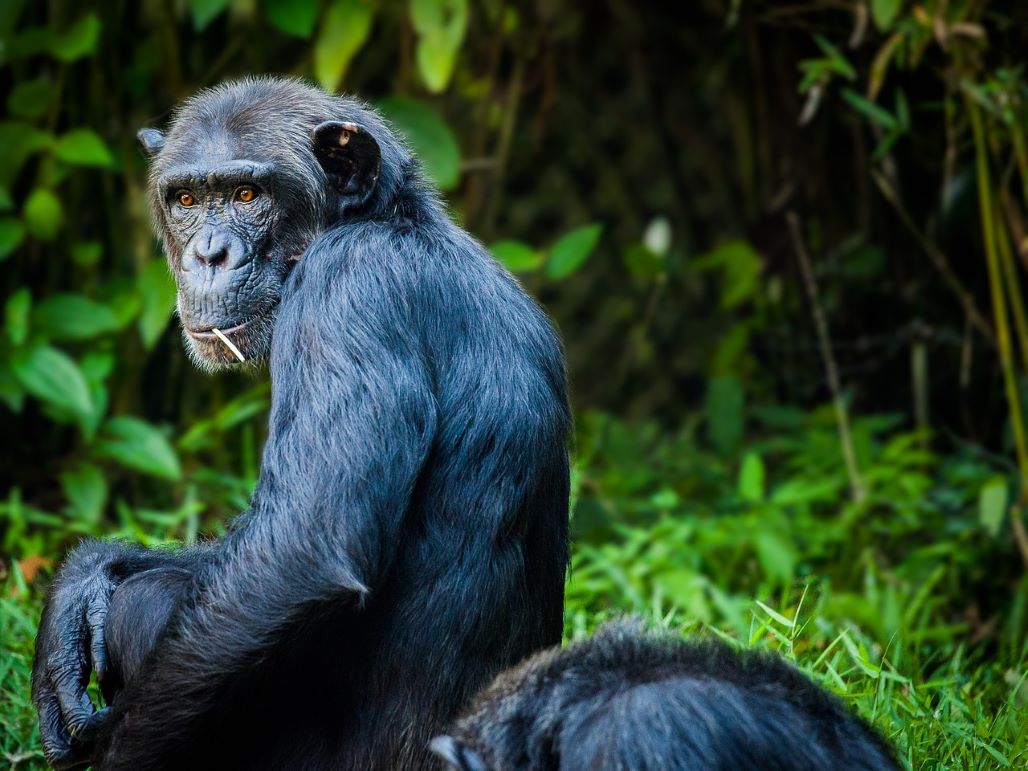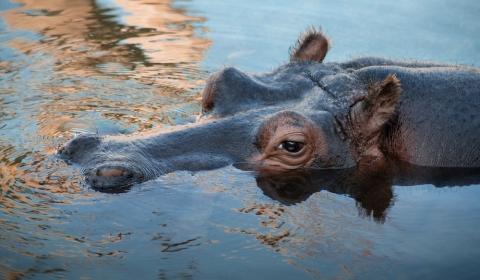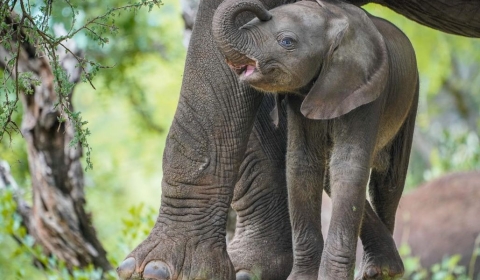
Overview
Location: Western Tanzania, along the eastern shore of Lake Tanganyika. Size: Approximately 1,613 square kilometers (623 square miles). Established: 1985.
Geography and Landscape
Mahale Mountains National Park is characterized by its remote and rugged terrain:
Mahale Mountains: A chain of forested peaks that run through the park, with Mount Nkungwe being the highest at 2,462 meters (8,077 feet). Lake Tanganyika: One of the world’s oldest and deepest lakes, providing a stunning backdrop and a source of diverse aquatic life.
Tropical Forests: Dense tropical and montane forests cover the mountains, home to a rich biodiversity.
Sandy Beaches: Pristine beaches along the lake shore, offering a tranquil setting.
Wildlife
Mahale is renowned for its wildlife, particularly primates:
Chimpanzees: Home to one of the largest populations of wild chimpanzees. The habituated M-group is the main attraction for visitors.
Other Primates: Includes red colobus monkeys, blue monkeys, and red-tailed monkeys.
Large Mammals: Although less frequently seen, the park is also home to elephants, lions, buffaloes, and leopards.
Birdlife: Over 350 species of birds, including African fish eagles, kingfishers, and palm-nut vultures.
Aquatic Life: Lake Tanganyika hosts a diverse array of fish species, many of which are endemic to the lake.
Conservation Efforts
Mahale Mountains National Park focuses on protecting its unique primate populations and ecosystems:
Chimpanzee Research: Long-term research programs on chimpanzee behavior and ecology, initiated by Japanese researchers.
Habitat Preservation: Efforts to protect the park’s diverse habitats, including forests, lake shores, and mountains.
Anti-Poaching Measures: Active measures to combat poaching and protect wildlife.
Tourism
Activities: Mahale offers a range of activities for visitors:
Chimpanzee Trekking: The main attraction, offering close encounters with wild chimpanzees.
Hiking: Trails through the mountains and forests, offering stunning views and opportunities to spot wildlife.
Bird Watching: Excellent opportunities for bird enthusiasts to spot a wide range of species.
Boating and Fishing: Explore Lake Tanganyika by boat and enjoy fishing.
Snorkeling: Crystal-clear waters of the lake provide a unique snorkeling experience.
Accommodation: Options include luxury lodges and tented camps, with many situated along the lake shore.
Best Time to Visit: The dry season (May to October) is the best time for chimpanzee trekking, though the park is accessible year-round.
Unique Features
Remote and Pristine: One of the most remote national parks in Tanzania, offering an untouched wilderness experience.
Chimpanzee Habituation: Visitors can observe habituated chimpanzees, providing insights into their social behaviors.
Stunning Scenery: A combination of forested mountains and the clear waters of Lake Tanganyika.
Visitor Information
Access: The park is accessible by boat from Kigoma or by air via nearby airstrips. Travel within the park is usually on foot or by boat.
Entry Fees: Visitors must pay entry fees, which support the park’s maintenance and conservation efforts.
Regulations: Visitors should adhere to park regulations to protect the wildlife and environment, such as maintaining a safe distance from chimpanzees and other wildlife.
Highlights
Chimpanzee Trekking: A unique opportunity to observe one of our closest relatives in their natural habitat.
Scenic Beauty: The park’s stunning landscapes, from mountains to lakeshore, provide a breathtaking backdrop for wildlife viewing.
Cultural Experience: Opportunities to visit local fishing villages along the shores of Lake Tanganyika.




